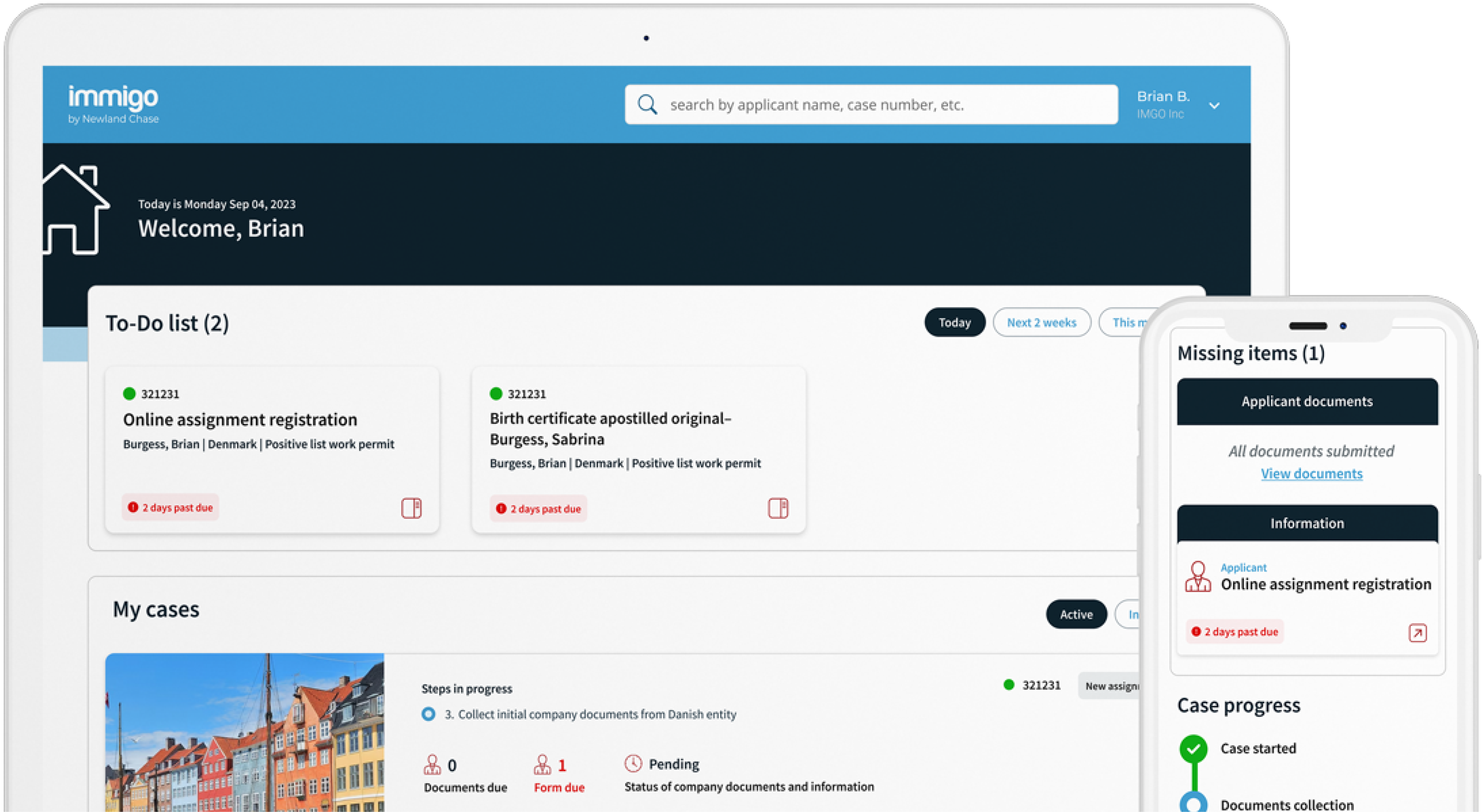Get The Visibility Your Company Needs
Reduce compliance risks and mobility costs while managing individual and project-related travel with ImmiSMART: the solution that unifies your travel and mobility programs.
Migrant Children A UK Education Part Two
September 18, 2012
We hope you found our previous blog which looked at UK education for migrant children, and the circumstances when a place at a state school is refused, an informative read.
Continuing with this important topic, today we’re writing about experiences for non-British children attend schools in the UK, with the hope of suggesting ways to help them integrate and settle into unfamiliar surroundings more easily.
Facts and Figures paint a worrying picture…
The Organisation for Economic Co-operation and Development (OECD) recently published the findings of its annual Education at a Glance report. The report compiles statistics from each of the thirty four OECD countries, examining educational data such as levels of schooling, participation and integration of children and class sizes.
While the report undoubtedly highlights significant positives in the British education system, for example there greater educational opportunities for children from poorly educated backgrounds compared to many other countries and increased potential for social mobility, unfortunately not all the statistics are to be celebrated.
As the Guardian newspaper highlights in a recent article, children from immigration families in the UK are likely to face increased challenges and social segregation when they enter the education system. This accords with what we have already discussed, i.e., that the children of non-UK parents are not always afforded the same access to an education and in certain situations can be denied an education altogether, even if only temporarily.
In the report, ‘non-immigrant students’ are students who were born in the UK or had at least one parent born in the country. ‘Immigrant students’ refers to children who are either first-generation immigrants, i.e., foreign-born students with parents who are also foreign-born, or second-generation immigrants, i.e., students born in the UK but whose parents are both foreign-born. The data reveals that in the UK, 79.8% of immigrant students whose mothers did not receive a high level of education (which is classed as five good GCSEs) were placed in disadvantaged schools, compared to 57.1% of non-immigrant children. In addition, 42.5% of immigrant children with highly educated mothers attended disadvantaged schools compared to 18% of non-immigrant children.
The report states that ‘The socioeconomic composition of UK schools poses significant challenges for disadvantaged students and students with an immigrant background.’ So, not very welcoming news for skilled workers who move to the UK to fill skills shortages and bring their children with them, hoping they will receive a good education and a solid basis on which to develop a future career. Migrant children are too often painted as being a burden on the state by tabloids eager to provoke reactions, British schools are depicted as being swamped by these young people and assigning them to certain schools in large clusters only worsens issues of social segregation.
The Government’s ‘Pupil Premium’ scheme which was introduced in April 2011 does offer some hope that this situation may eventually be rectified. The scheme offers extra funding to schools with higher numbers of disadvantaged students, with the aim of addressing ‘current underlying inequalities’ in the schools system.
But what is attending a UK school, particularly a ‘disadvantaged’ one, really like for migrant children and how can we make the process of integrating easier?
Helping your children with their move
Starting at a new school is a nerve-wracking experience for any child, let alone having to deal with being countries apart from your old life and friends, and having to grapple with new social and cultural norms…as well as (in many cases) not being able to speak the language properly. Combined with the figures from the OECD report, which suggest that migrant children are much more likely to be placed in schools where they will not receive the higher standards of teaching and support, and that they will have to deal with social segregation from their British peers, and it is enough to make any parents worry about how their child will navigate these difficult paths.
We’ve done a lot of research into the experience of expats who have relocated to the UK with their children, and have compiled some of the most useful advice in the hope that it can make the transition a little easier for you and your children.
• Tell your children about the planned move as soon as you can. Some parents think that keeping the news hidden until closer to the move will spare protracted tears and heartache. But children need time to absorb, understand and come to terms with the idea that they will be moving. They need the opportunity to say proper goodbyes, and should be reassured that with emails and the internet it will be easy to keep in touch.
• Be positive about the move. Even if you have your own anxieties about relocating, make sure your children know that this is going to be an exciting new stage in their lives and they will have fresh opportunities and experiences in their new country. Treat it like an adventure and this will help them to dwell a little less on what they will leave behind.
• Deal with language barriers in advance. If your children don’t speak any English, don’t wait for them to arrive at the new school and expect them to pick it up instantly there. If they don’t have the basics, they will struggle with the first lessons which will all be taught in English. Encourage them to start learning the language before you move to the UK, and arrange classes for them once you are there if necessary. They will pick it up quickly, but will benefit from having a basic grasp of the language before they start at the new school.
• Encourage your children to help with the move. Ask them to help pack up their rooms and let them unpack in the new country. Allow them to help with decorations and picking up colour schemes and patterns. This will help them to feel involved, rather than a passenger in an experience that is being forced upon them. Having your children arrange their new room will help them to settle in, and feel more comfortable in their new surroundings.
• Explore your new home. Take the children out and about with you as much as you can, so that they become acclimatised to the new surroundings and start to recognise familiar places. Even taking them to the supermarket will help to establish new routines and ease them into the new life.
• Help them be involved. Look into activity classes in your local area and encourage your children to join some. If there are similar classes at their schools, again you should suggest that they give at least one a try. Shared activities such as sports or crafts, will help your children to build social relationships with their peers in a less hectic environment than the classroom.
Of course, we can’t offer any miracle solutions for making your relocation a painless process for your children, just as we can’t leap in and solve the issues with UK’s education system, much as we’d like to. But by helping to make the move as easy as possible, your children will settle faster into their new routine, and hopefully integrate more easily into their UK school and life.
Please leave your comments below or contact us for any queries you have relating to this blog.




